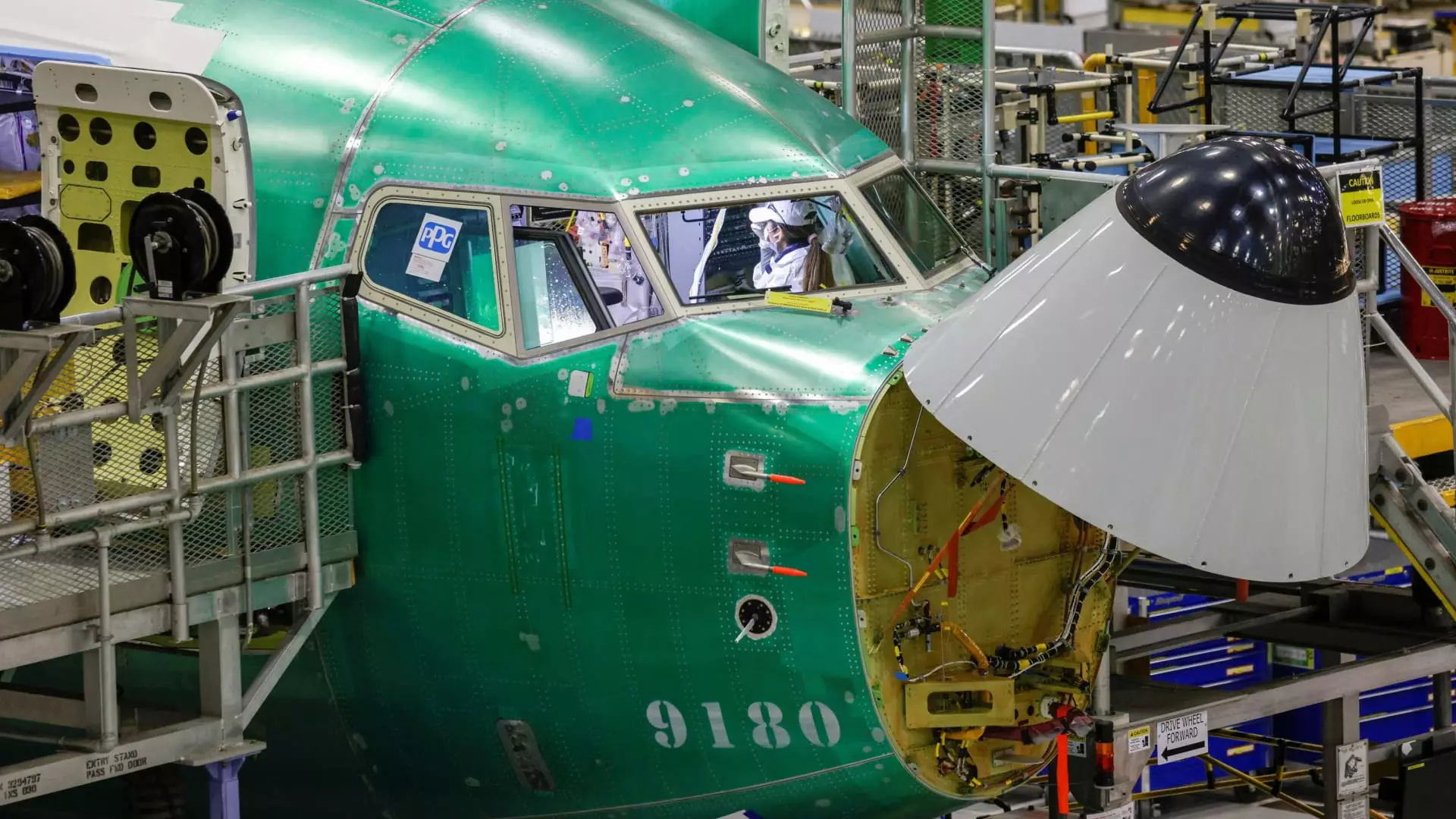Boeing has faced considerable challenges due to a recent strike involving over 32,000 machinists, which lasted more than seven weeks, bringing the company’s manufacturing operations to a standstill. The machinists, who returned to work on Tuesday, had previously rejected an initial pay proposal, opting instead for a new contract that included a substantial 38% pay increase over four years. This negotiation highlights the ongoing tensions within labor relations in large manufacturing firms, where worker demands frequently clash with corporate strategies aimed at maintaining profitability.
As Boeing sets its sights on resuming production, the company anticipates a gradual restart rather than an immediate ramp-up of its operations. Factors like assessing potential hazards, re-establishing work protocols, and updating safety requirements will delay the full return of production capabilities. Boeing’s CEO, Kelly Ortberg, underscored the complexity of rebooting the manufacturing process, stating that “it’s much harder to turn this on than it is to turn it off.” This sentiment reflects a broader understanding that skilled labor must be integrated back into the workflow carefully, as previous experiences have shown that hastening these processes can lead to safety oversights.
The immediate impact of the strike was palpable, as Boeing reported delivering only 14 jetliners in October—the lowest monthly total since November 2020. This performance starkly contrasts with the company’s 2023 figures, where it finds itself trailing behind Airbus, which delivered 559 aircraft so far this year compared to Boeing’s 305. This disparity in delivery numbers could have far-reaching implications for Boeing’s market position and profitability, especially in a highly competitive aerospace sector. The struggle to recover lost ground comes at a time when demand for new aircraft remains significant, which adds pressure to Boeing’s efforts.
Interestingly, despite the frustrations stemming from the strike, Boeing managed to secure 63 gross orders in October, showcasing resilience amid adversity. Notable was the demand for its 737 Max models, as 40 of those orders were placed by Avia Solutions Group. Furthermore, Boeing’s ability to deliver 10 Dreamliners to LATAM Airlines during this period indicates that while the strike halted production for a time, the company maintains strong customer relationships and market interest. This dual reality highlights the complex dynamics of production challenges alongside continued sales performance.
As Boeing navigates the aftermath of the strike, the company must reflect on significant lessons learned regarding labor management and production efficiency. The experience has highlighted the importance of addressing worker satisfaction and engagement to avoid future disruptions. Moving forward, Boeing needs to foster a more collaborative relationship with its workforce while optimizing its operational strategies to enhance resilience against similar crises. The future remains contingent on the company’s ability to balance labor relations with production goals, as the aerospace giant strives to reclaim its competitive edge in a challenging market landscape.

